How 2 Tuesdays - Techniques

Zach McAllister is back on the podcast to tell us all about how zinc works and when it is time to replace it on your boat. We go into the details of how the water acts as a conductor for metals and why the corrosion is more attracted to zinc. We also discuss how you can look at a zinc and determine whether it is still protecting your boat, or if it is time for a new one. Also, how docking next to a rust bucket can affect your zincs and vessel. If you want to check out some of Zach’s products, go to https://saltsgone.com/
Zach McAllister of Salts Gone comes on the podcast this week to talk about ceramic coating. We go over how it works, how to protect it, how to prevent damage to it, and more. Ceramic coating is an expensive investment, and if you are putting the money into your boat you want to make sure that you are cleaning it correctly and preventing damage. Zach is an expert in understanding chemical reactions in relation to salt and protecting boats. If you want to check out some of his product, go to https://saltsgone.com/
With more and more research being done on fish, we are quickly learning how much we can help the fish by giving them a safe release. Richard Black is one of the best guides in the keys and he recently posted a video on using a dehooker, usually used for offshore bait fishing. In this episode we break down why this is such a good tool to release inshore gamefish. If you want a dehooker like Richard uses, you can pick one up at Tackle Direct.
The Atlantic Palolo Worm hatch is upon us!
Many questions come in about how to predict when it is going to happen. In this episode I go back on my notes from the past 30 years and give you all my best observations about how to predict when this hatch is going to happen. Some anglers are trying to hit it and others are trying to avoid it. What do you think about the Palolo worm hatch? Do you have any other observations about it? Text me and let me know 305-930-7346
Dr. Mike Larkin is back on the podcast to tell us about how you can have a great day on the water by taking your kids to public sea walls to fish. This requires no boat and is a great and inexpensive way to introduce your kids to the sport. In this episode we go over where to find public sea walls, what to bring, and what you can expect to catch. If you liked this episode, be sure to check out our other podcasts with Mike!
Dr. Mike Larkin is back on the podcast to help us better be able to estimate the weight of tarpon that we catch. Many people have been using “the woods equation” for a long time, but that equation can actually under estimate the weight of your tarpon by up to 15 percent. Mike explains an improved formula that more accurately estimates the weight of a tarpon. If you like this episode, be sure to subscribe because we have more episodes with Mike coming soon. For the tarpon weight calculator and card, go to https://www.bonefishtarpontrust.org/tarpon-weight-calculator/
Anthony Randazzo owns Paradise - Plus lodge in Venice LA. Today, he joins the podcast to show us some new uses for an old standby knot. The Palomar knot has always been considered one of the strongest ways to tie a hook or lure to the end of the line. But today, Anthony shows us how to tie it on a bare spinning reel spool. This is a really good trick because it eliminates the need to spool monofilament, then tie the braid on. When braid is tied to a bare spool it is so slick that anglers have seen the entire spool of line rotate around the bare spool without ever finding purchase. Tape, or rubber gaskets have been used to create that purchase or simply using 10-50 yards of mono also works. This trick eliminates all of that and allows for much quicker spooling.
You can visit Anthony in the redfish capital of the World by going to www.paradise-plus.com
Captain Anthony Randazzo is back on the podcast this week to tell us about exactly how to build the cork leaders that he uses daily. We walk step by step through what kind of material you need, and what kind of knots to tie. We also go over how to build it so that if you do get snagged on the bottom, you’ll just lose your hook and not the entire rig. You can visit Anthony in the redfish capital of the world by going to www.paradise-plus.com
Anthony Randazzo owns Paradise - Plus lodge in Venice, LA. Today, he joins the podcast to show us how he uses popping corks when targeting redfish. He goes over a couple of different styles of popping corks that he uses for different fishing situations. Not all corks are equal. Learn how to make the best choice for your fishing.
You can visit Anthony in the redfish capital of the world by going to www.paradise-plus.com
All saltwater anglers know that nothing is more damaging that the corrosive effects of salt.
Zach McAllister of Salts Gone joins us today to help us understand why salt destroys boating products in the way that it does. There are many products that can kill Salt but sometimes it can be even more damaging than simply leaving the salt on. Zach explains how his product works and why his product is the best way to defend against it. If you want to try out Salts Gone yourself, head over to https://saltsgone.com/
This week we will honor the life and legacy of Capt. Joe Gonzalez who recently passed away by replaying the 2 podcasts that I was fortunate enough to do with him.
Today we will go over Joe’s preferred bonefish rig.
This episode was recorded in Joe’s home in Little Havana on December 19, 2019 where he and his family kindly invited me in.
The sportfishing industry, Biscayne Bay, the clients, friends and family of Joe Gonzalez lost a great one recently. Thank you for the influence you had over so many of us, Joe. You were one of a kind. Im thankful to have known you and I wish the very best for your family.
With the recent changes in the regulations on Goliath Grouper I thought we would discuss how to catch these small Goliaths.
Maybe you are one of the 200 individuals who will get a permit this year. If so, maybe this info will help. Check out this article for the updated regulations https://www.wtxl.com/media/v/content/11fc44ce1e55136ebc3521efa0e78a04
What do you think about these new regulations? Post your opinion in the comments of our social post about this episode.
With technology constantly advancing, it is important to use it to our advantage when it comes to fishing. In this episode I go over my two favorite tools, Google Earth and Salt Strong. Google Earth can be incredibly helpful for not only finding where to fish, but also understanding why fish are in a certain area. You can then take that information to new spots and narrow down your search for fish. Salt Strong is another incredible tool for becoming a better and more well informed angler. With everything that they provide, you can learn specific techniques, get exclusive insight on fishing zones, and more. If you want to check out what Salt Strong has to offer, click here: https://bit.ly/RowlandMembership It’s a 100% money back guarantee so no hurt in trying it out.
My good friend Mike Larkin was asking me about a big decision he is making soon, and I thought it would make a great How 2 Tuesday. Mike is currently deciding between buying a bay boat or a skiff. In this episode, we go through all of the pros and cons of each, and discuss multiple situations where one would be of benefit over the other. We also go through different sizes of bay boat and weigh the pros and cons of that. Do you have a question for me like Mike did? Shoot me a text and ask me: 305-930-7346
This week on How 2 Tuesday we go over the splash-less cast. This can be an excellent technique for landing a shrimp or jig right in front of a fish’s face without spooking them. This does take a LOT of practice though. In this episode I go over the technique and movements that you should be making. I also go over what tackle is best for this situation. Just like a bass angler practices flipping jigs, this is something that you can practice in your pool or canal so make sure that you have this technique dialed in before you try it on a big permit or bonefish!
WARNING!! - Some attempts at the splash-less cast result in nuclear-like explosions if not done exactly right. Make sure to practice!
Every fly caster seems to want to cast the longest possible cast. Whether it is actually to catch a fish or to impress your friends at the barbecue, the desire to cast the whole line or deep into the backing is something that many people ask about. Now, I don’t think that you have to be able to cast far to land lots of fish, but if you practice your distance casting and can have control of your fly line, it will drastically help your line control at shorter distances.
Back in 1998, I won the Best of the West casting competition, casting a standard 5wt fly rod 131 feet. In this episode we go over some secrets and tricks that I use to cast this far. You may notice that much of distance casting isn’t all casting technique but also line preparation. Soon I hope to make a full video going through the casting motions, but if you have any questions right now, shoot me a text 305-930-7346
I often get questions about what kind of boat someone should get, so this week we go through that for How 2 Tuesday. The first thing to remember is that every boat is a compromise. There is not a single boat out there that can do everything. But if you decide on what you want to use the boat for most, you can get the perfect hull that accommodates where you want to go. You can get a specialized boat like a skiff that may be perfect for shallow flats fishing, but not the best for open water. You may want to get an offshore boat that can run 50 miles out, but it will not be able to go very shallow. Or you could compromise on both and get a bay boat that can do multiple types of fishing, but may not be able to go the shallowest, or the furthest out. The best thing that you can do is decide on what you want to use your boat for most, and go off of that.
This week on How 2 Tuesday I go over how to mark your fly line so that you know what weight it is. Some fly lines come with this already marked, but it is easy for it to get rubbed off. I use a sharpie and a method involving different thicknesses of lines to make sure that I always know what weight fly line I have. I’ll always do this as soon as I get a line so that there is no confusion down the road when changing lines. Often I’ll change lines when there is plenty of life left in a line for it to be a spare line for travel. It is difficult to eyeball an 8 weight from a 9 weight. Marking them can eliminate problems later.
I recently received a question about how to create the strongest connection between fly line and backing or fly line to leader so I figured I would go over that knot on the podcast today. Whipping a look in a fly line can be done several ways but I prefer to add 2 nail knots for added protection against failure. I’ll show how to do this with a Tie Fast tool. I dont use many tools but this one is worth getting…and it’s cheap. If you are listening on audio, be sure to check out the video that goes with this at tomrowlandpodcast.com/blog/560
Chris Bush has a lot of experience wade fishing flats in Texas, especially for giant speckled trout. In this episode Chris goes over what gear you’ll need, especially in colder conditions. He also goes over some advantages of being on foot over a skiff. Things like feeling the temperature changes, feeling the texture of the bottom on your feet, and more. You are able to really understand the water and the tides when you are in the water. If you have a larger group of people, you are also able to spread out and try some different depths and techniques instead of being confined to the same area in a boat. If you like what Chris had to say, check out his podcast called Speckled Truth Podcast and if you are lucky enough to land a Sea Trout over 30”, make sure to enter it as a Dirty 30 through Speckled Truth.
This week on How 2 Tuesday Episode #554, we talk about what I think is the most important skill to have when fly fishing off of a skiff. We go over line management, how to best prepare yourself, when you would need a stripping bucket, how I prepare for a fish, and more. We also talk about why you shouldn’t be taking false casts when you don’t need to. How do you prepare for a fish and manage your line? Shoot me a text and let me know 305-930-7346
If you’ve ever been on a destination fishing trip, you know that it usually takes a lot of preparation. One thing that many people forget to prepare for though is the physical demand that a trip may have on your body.
Are you prepared to cast a 12wt rod for 8 hours straight in the heat of the jungle? Are you prepared to hike 4 miles to that pristine creek loaded with trout?
What happens if you sleep on a bad mattress and your back is all jacked up?
In this episode destination fishing guide expert Jako Lucas goes over how he prepares physically and I also talk about some key stretches that help me on trips like this. Be sure to check out the podcasts we mention at the links below
Jako Lucas Full Podcast - https://tomrowlandpodcast.com/blog/jako-lucas-2
Joe Hippensteel Podcast - https://tomrowlandpodcast.com/blog/joe-hippensteel
Joe Hippensteel Physical Friday - https://tomrowlandpodcast.com/blog/challenge-stretching
Rodrigo Salles of Untamed Angling joins the podcast today to tell us about how to stay healthy when you are taking a trip outside of the country. Rodrigo operates fishing lodges out of the Amazon, and health safety is always a question that his guests ask. In this episode he goes over what to bring, what to avoid, how to get safe water, and more. If you liked this episode with Rodrigo, we have a full length one coming out soon so be sure to subscribe for updates.
Capt. Jeff Malone joins us on How 2 Tuesday this week to talk us through how he coaches his clients on fighting and landing big fish. These things that Jeff goes over are good reminders for both the new and experienced angler. We talk about why you shouldn’t reel against the drag, the benefits of mono and braid when fighting big fish, and what to do when you get that fish to the boat. Tarpon season will be here before we know it, so make sure that you are prepared for it with tips like these! If you like what Jeff had to say, make sure you subscribe to the podcast because we have an hour long podcast coming with Jeff soon!
On How 2 Tuesday we often go over very technical aspects of the outdoors. Today we will go over something a little different but possibly even more important. How to set a goal and accomplish it without getting overwhelmed.
This may be running your first marathon, entering your first tournament, changing jobs, following your passion and becoming a fishing guide or really any big, epic goal.
Today’s guest who will offer some perspective on this is Alyssa Amos Clark who ran 95 marathons in 95 days and also recently set the Women’s Fastest Known Time on the 350 mile Pinhoti Trail.
2019 Bassmaster Classic Champion and 2020 MLF Tour Champion Ott DeFoe joins our How 2 Tuesday this week to talk about the importance of boat positioning when you are fishing. Ott spends most of his time bass fishing lakes, but these tips can definitely be applied to all types of fishing in fresh and saltwater. Ott goes over how he wants to position his boat on a bank, and how a different kind of presentation has helped him catch heavily pressured fish. Be sure to follow Ott on Instagram @ottdefoe and if you liked this episode, we have a full length podcast with Ott coming soon so subscribe to be notified when it goes live!
Capt. Debbie Hanson joins How 2 Tuesday this week to tell us about the most effective ways to catch peacock bass. We go over the best time of year, what lures to use, and how to read the water for these fish. If you want to learn more about Debbie, we have a full length podcast with her coming soon so be sure to subscribe to be notified when it comes out!
Catch and Release has been a great thing for conservation, few would argue that. However, some people mishandle fish before release which could be killing them and cancelling out all good intentions of release. A listener asked if I would do this show on how to properly handle fish intended for release. I was a little hesitant at the time because each fish that we fish for requires a slightly different technique. I wasn’t sure if I could effectively communicate, through audio only, the proper way to handle fish. I gave it a whirl anyway and hope it is helpful, if you want to know more please email me and I would be happy to provide any details that were missed in the podcast.
The whole idea behind catch and release is that you let it go to contribute back to a healthy fishery by reproducing and such. You are not helping yourself if you are handling the fish in a way that will harm the fish so that it can’t contribute to the environment. Now, there are times where you might want to eat fish and there is certainly a place for keeping fish within the limit and the law - but there are species that we try to release and here are some things that we can go over:
Many people consider a fly fishing cast with tight loops the perfect cast, but I have been in many situations, especially in the saltwater where a wide loop is actually preferred. In this episode, I explain those scenarios, and we talk about how to throw a wide loop that is effective and accurate.




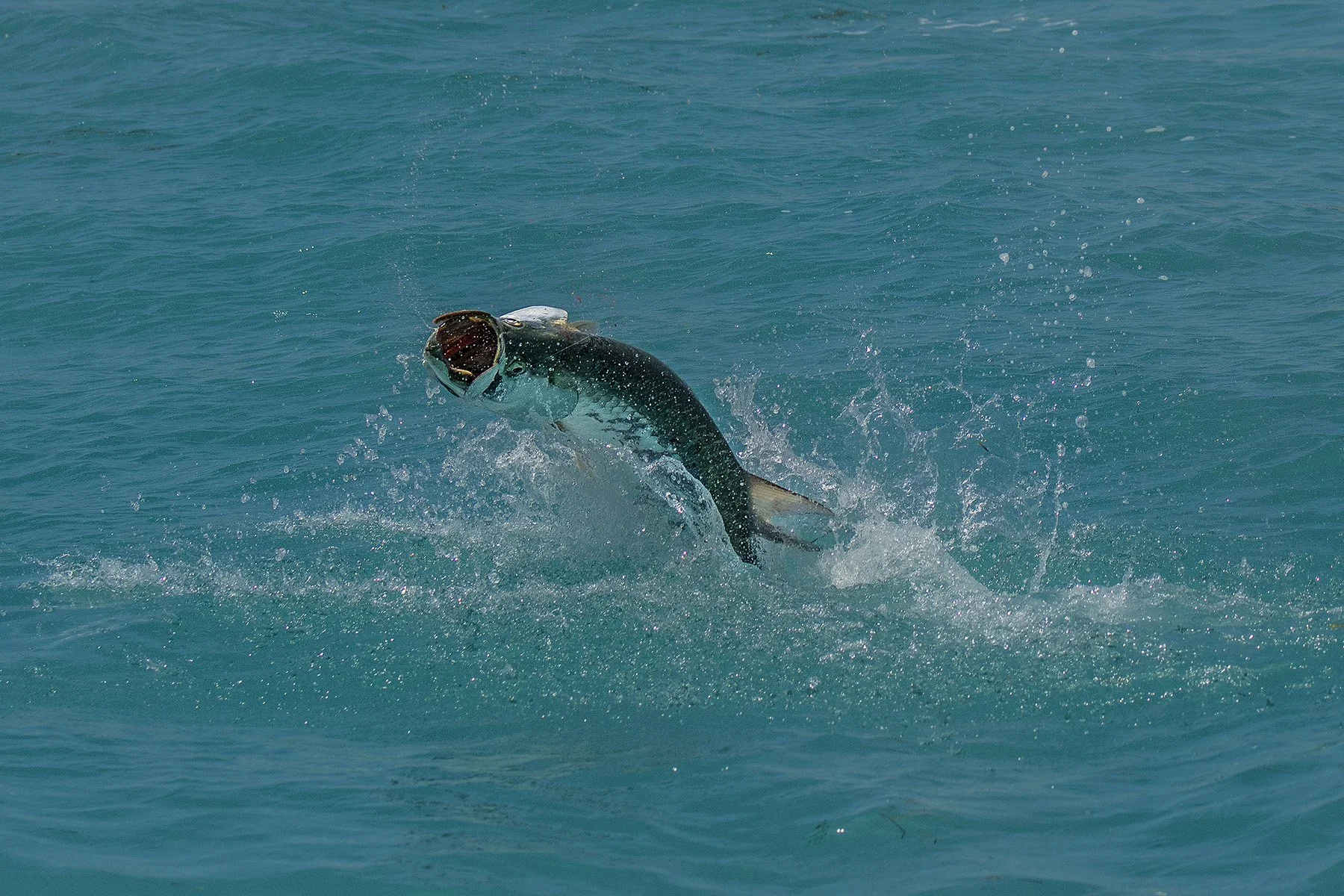


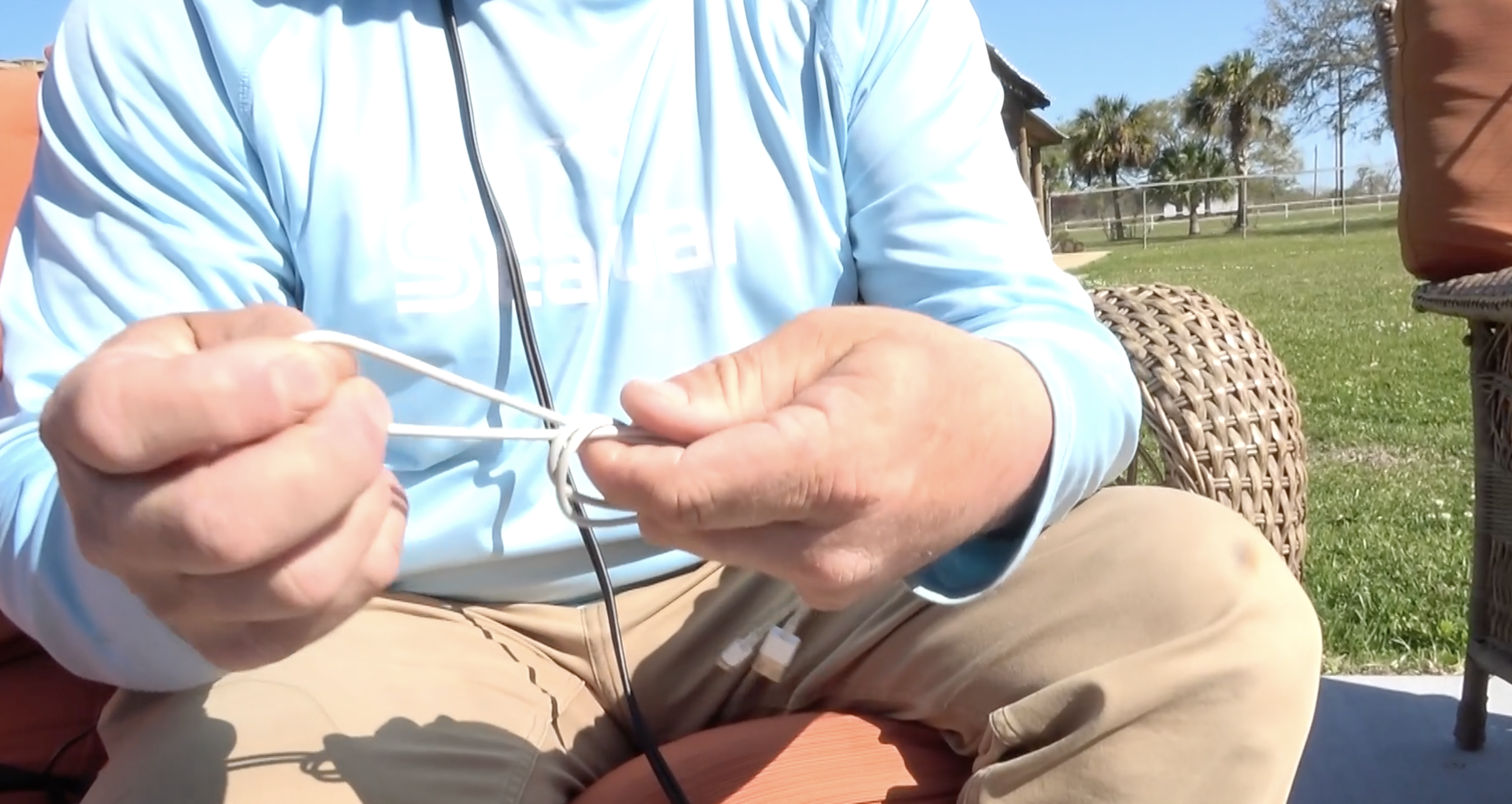




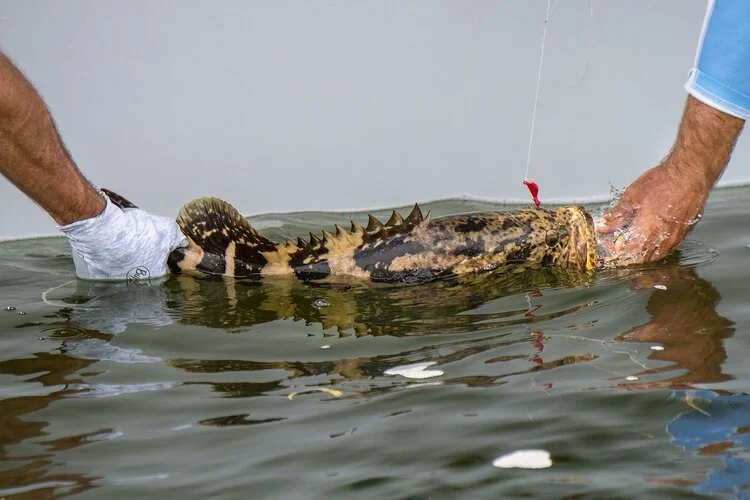
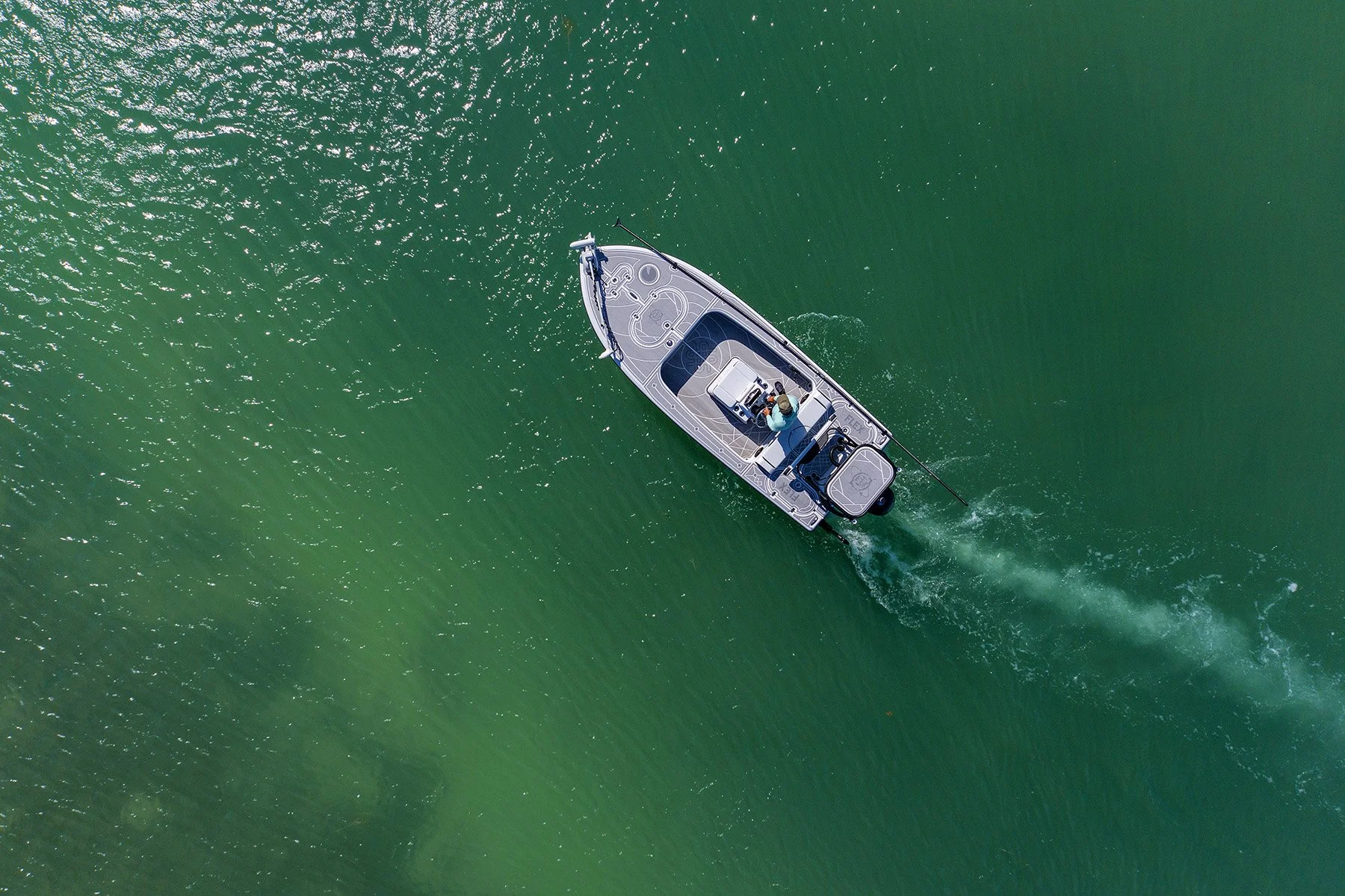


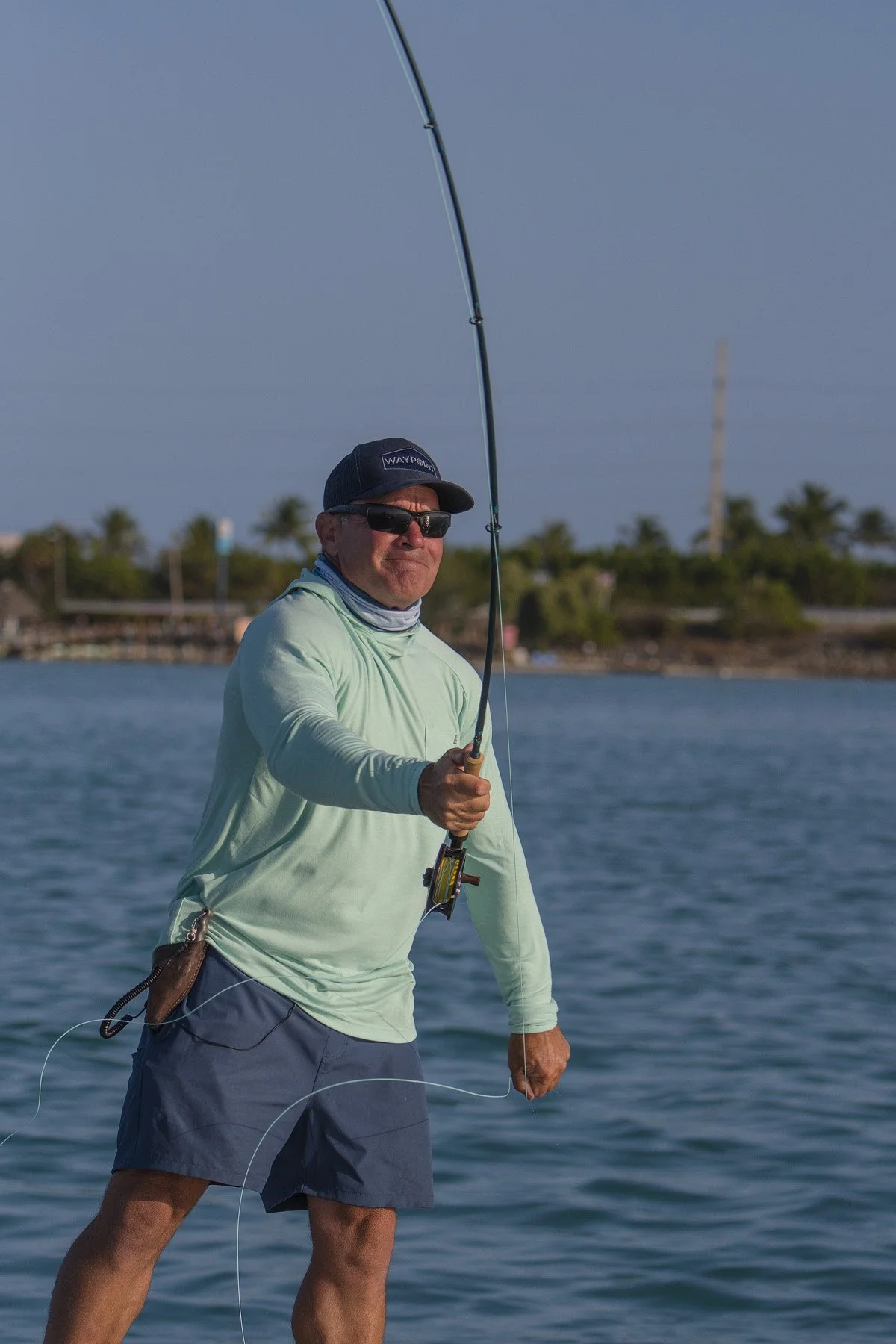



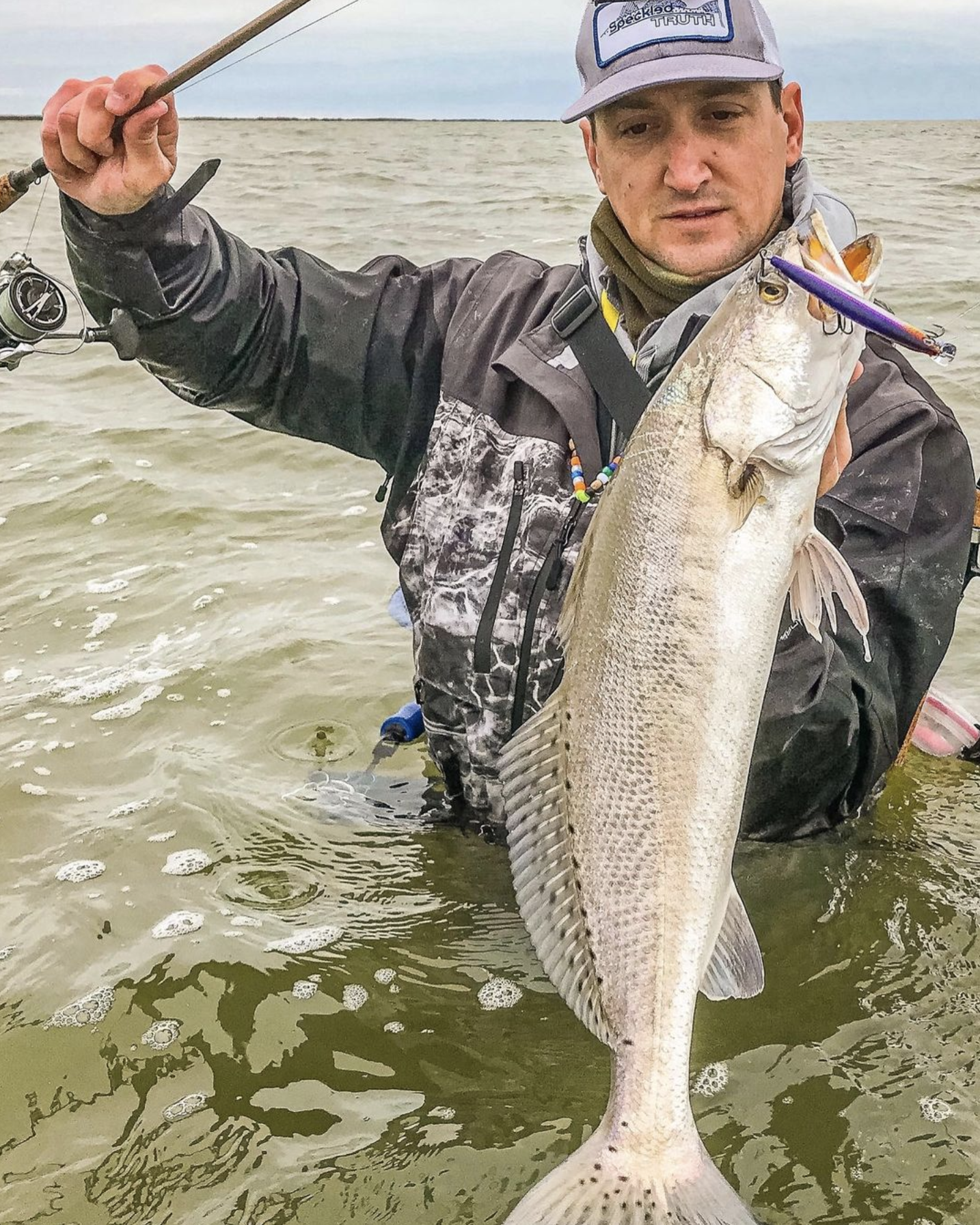

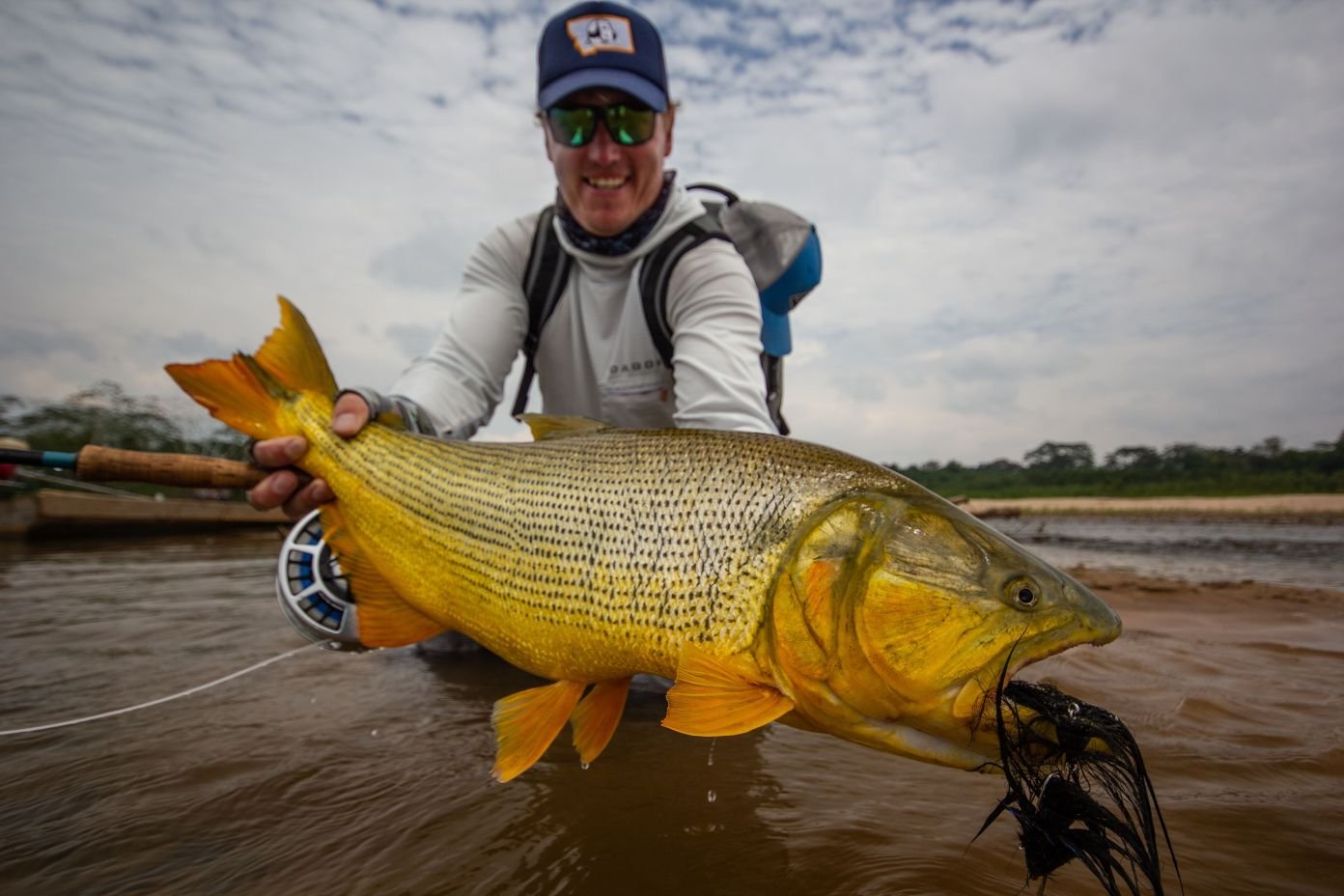
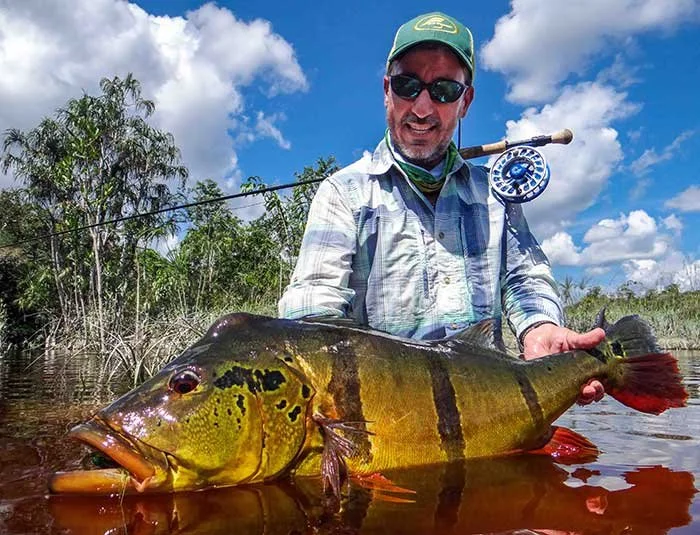

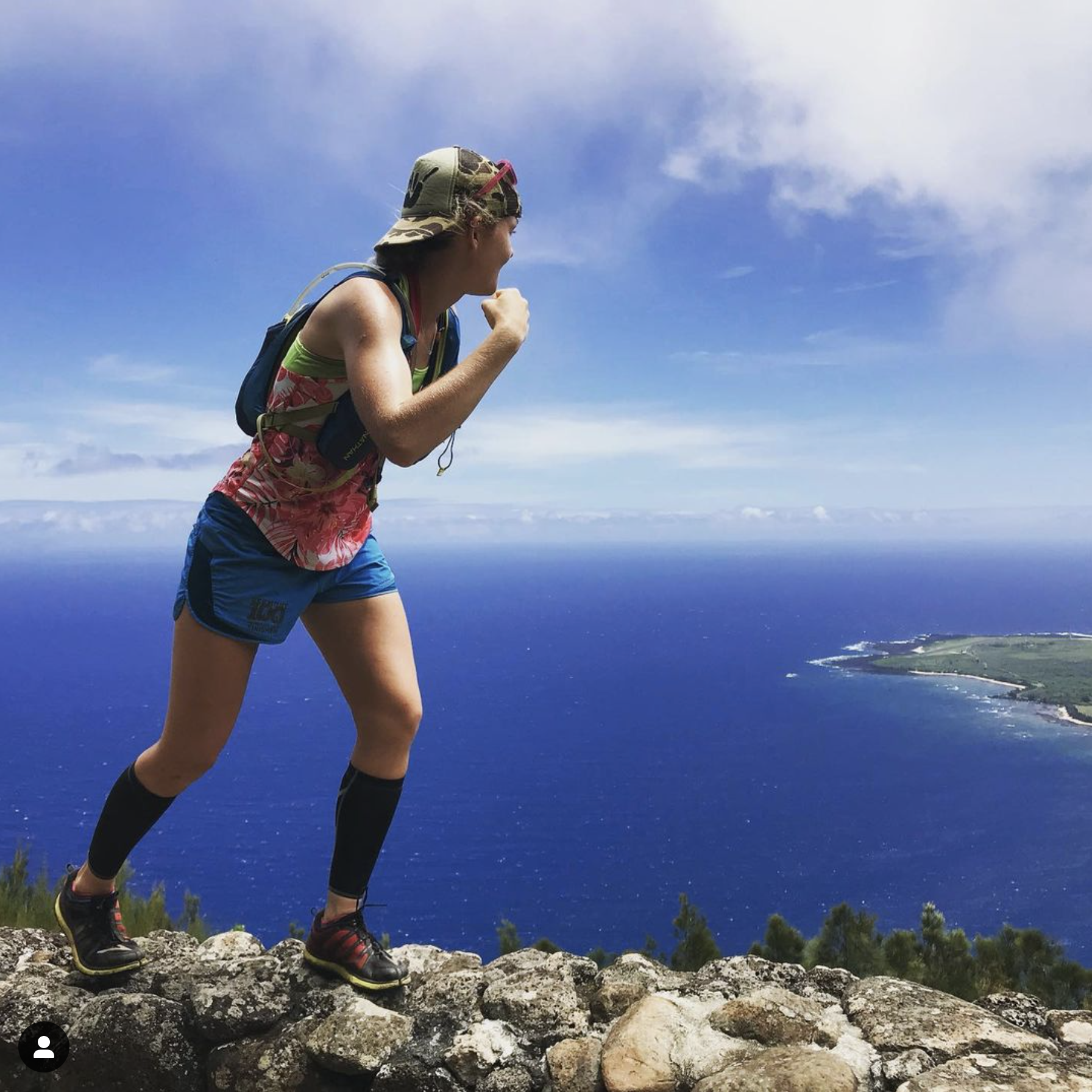




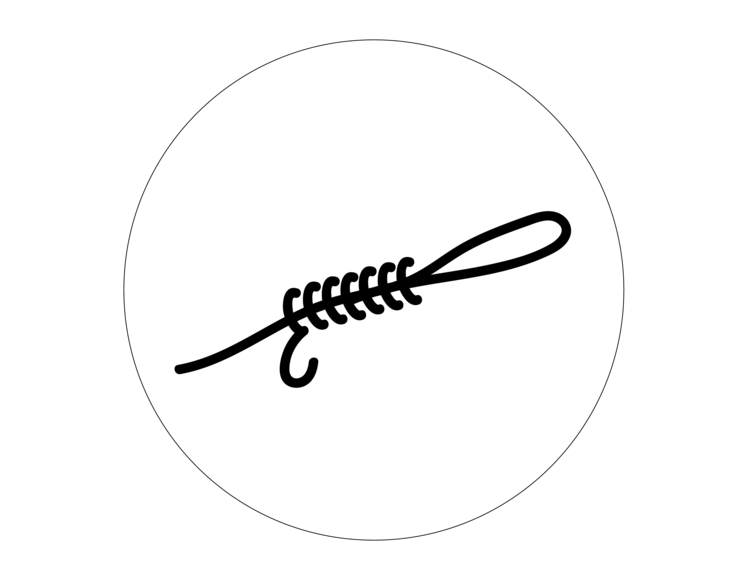

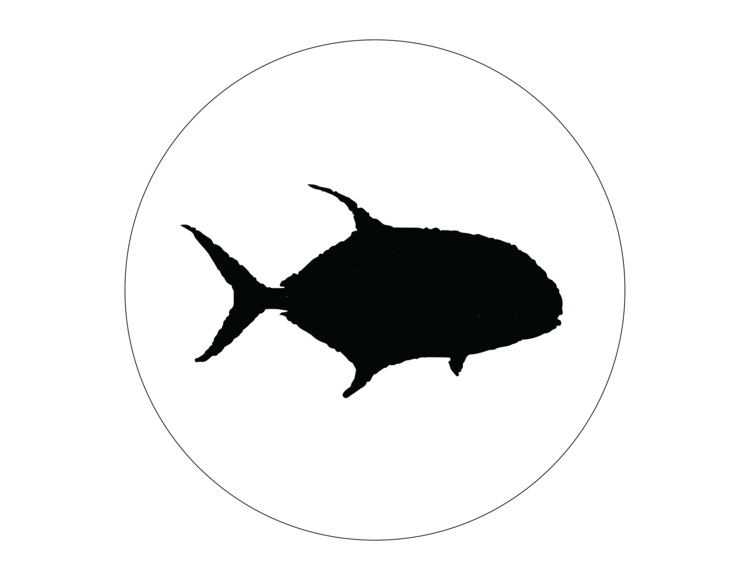
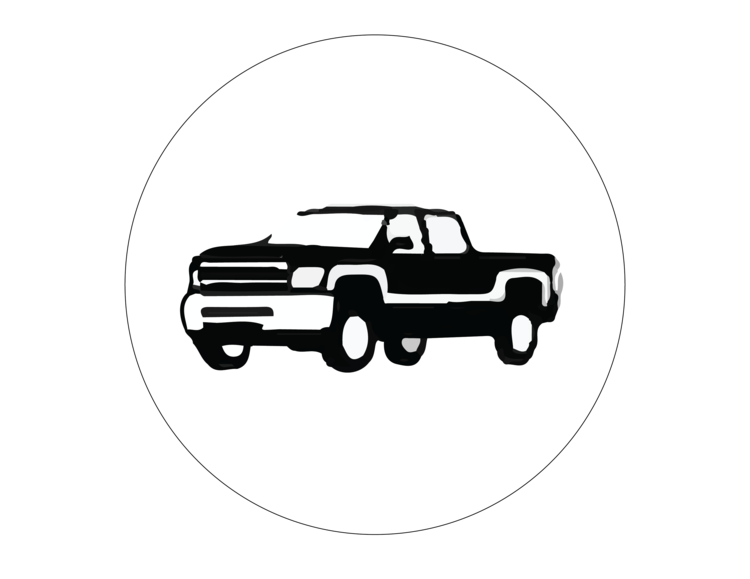

This year there have been an increasing number of shark attacks on tarpon in the Florida Keys. In this episode, I break down five important steps to avoid your tarpon falling prey to bull sharks or hammerheads. We have unfortunately seen a number of shark attacks recently, and all responsible anglers should try to do everything they can do to prevent tarpon from being eaten by the tax man. Breaking off the fish of a lifetime might be the only option in some cases to allow it to survive. Do you have anything specific that you do to keep tarpon from being attacked by sharks? Shoot me a text and let me know 305-930-7346